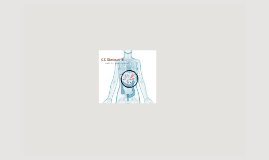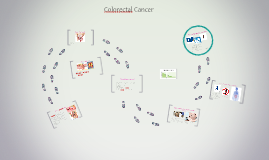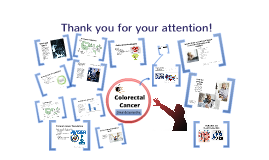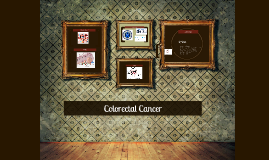Colorectal cancer
Transcript: We also incorporate several fragrance-producing genes to the CC Detect® bacteria, so that your toilet will smell wonderful as well! Colorectal cancer in the world If a user with colorectal cancer has a bowel movement, the high concentration of synthetic E. coli in the toilet water can detect the small amount of occult blood dispersing in the water and give a bright red color due to pigment production. Anyone who is concerned about their health status would be interested in our product! Study showed fecal occult blood test could significantly reduce the mortality rate of colorectal cancer. In clinical trials, when a similar fecal occult blood test is performed annually, the mortality from colorectal cancer could be reduced up to 33%, and 5-21% when performed biennially Imagine how effect it would be if it is done almost daily. CC Detect® can save lives. CC Detect ® The liquid contains synthetic E. coli with toxicity removed and genes for heme receptor from Yersinia enterocolitica inserted, and has a gene that encodes for a red pigment. Target customer: Colorectal cancer in Hong Kong 1. Bray, F., Ferlay, J., Forman, D., Mathers, C., Parkin, D.M., Shin, H.R. (2010)Colorectal Cancer Incidence, Mortality and Prevalence Worldwide in 2008- Summary, Cancer Incidence and Mortality Worldwide: IARC CancerBase No. 10. Lyon, France: International Agency for Research on Cancer 2. Centre for Health Protection, Department of Heath of HKSAR (2013, March). Non communicable diseases and risk factors- Colorectal cancer. Retrieved April 22, 2013. Retrieved from http://www.chp.gov.hk/en/content/9/25/51.html 3. CancerFund (2010). FAQ. Retrieved April 22, 2013. Retrieved from http://www.cancer-fund.org/colorectal/html/eng/faq.html 4. Abdur, R. A., Baer, M. T., Bracken, C. S., Helms, W., Stojiljkovic, I.( Use of heme-protein complexes by the Yersinia enterocolitica HemR receptor: histidine residues are essential for receptor function. 5. Mandel, J. S., Church, T. R., Ederer, F.,et al.(1999) Colorectal cancer mortality: effectiveness of biennial screening for fecal occult blood. 91:434-7. J Natl Cancer Inst CC Detect ® is a fast and easy device that can detect the presence of occult blood (blood in the feces that is not visible to the naked eyes) in the stool, which is one of the indicators for colorectal cancer. CC Detect® is a device designed for the early detection of signs of colorectal cancer . (The blood vessels on the surface of polyps and tumors are often fragile and easily damaged, which can leave small traces of blood inside the feces.) CC Detect® is a refillable device that attaches to the inner side of the toilet bowl, slowly releasing a gel-like liquid continuously when the toilet is not flushed. Who is it for? Second most common cancer in Hong Kong. In 2010, there are over 4,370 cases of CC in Hong Kong, compared with 3,210 cases in 2002. Third most common type of cancer in the world There are over 1 million cases of colorectal cancer and 500,000 deaths worldwide every year. Especially those with higher risk, including: · those who aged 50 or above; · those who have family history of colorectal cancer or colorectal polyps Key facts about colorectal cancer How does it work? Paul, Kwok Pak Wai contributed to the project idea, making the prezi, voice over, and final editing. Ken, Wong Hiu Hong contributed to the project idea, background research, making the prezi, and voice cover. Christine Wong Kit Ming contributed to the idea, prezi making and voice over. Division of Labour Thank you! Now we would like to talk about some marketing strategies in our pitch. if detected early, over 90% of colorectal cancer is fully treatable! That's why we invented the CC Detect® Once the receptor is bound with heme, intracellular signal will be sent to trigger the production of the bright red pigment by E. coli. What is CC Detect®? However... Well.. that's not even all it does health check at your toilet seat!

















